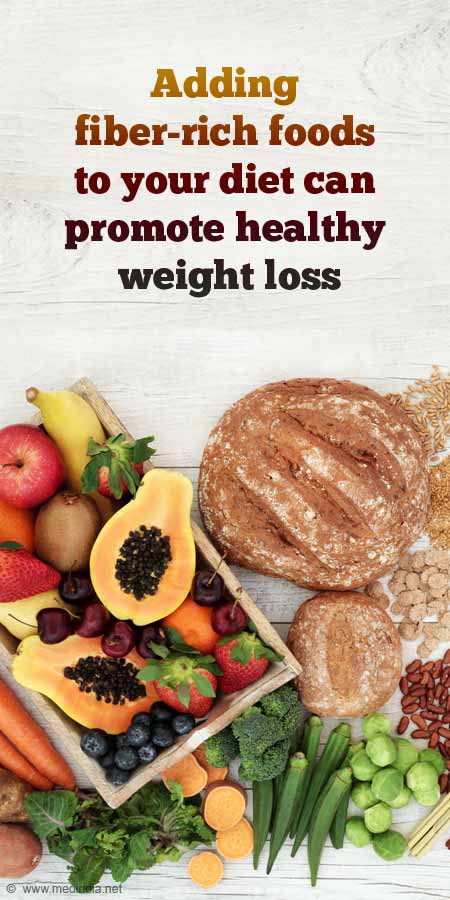All Categories
Featured
Table of Contents
-1
Leaders of armed forces bases must analyze their facilities to identify and remove problems that motivate one or even more of the eating habits that advertise obese. Some nonmilitary companies have actually boosted healthy and balanced eating options at worksite eating centers and vending machines. Although numerous magazines suggest that worksite weight-loss programs are not really effective in lowering body weight (Cohen et al., 1987; Forster et al., 1988; Frankle et al., 1986; Kneip et al., 1985; Loper and Barrows, 1985), this might not be the instance for the military as a result of the better controls the military has more than its "staff members" than do nonmilitary companies.
-1Management of overweight and excessive weight requires the energetic participation of the individual. Nourishment professionals can provide people with a base of info that allows them to make experienced food options. Nutrition education stands out from nutrition counseling, although the materials overlap considerably. Nourishment counseling and dietary monitoring often tend to concentrate even more straight on the motivational, emotional, and emotional concerns linked with the present job of weight reduction and weight administration.
-1Unless the program participant lives alone, nutrition management is hardly ever reliable without the involvement of relative. Weight-management programs might be split into 2 phases: weight-loss and weight maintenance. While workout might be one of the most important element of a weight-maintenance program, it is clear that nutritional constraint is the crucial element of a weight-loss program that influences the rate of fat burning.
-1Hence, the energy balance formula might be impacted most dramatically by lowering power consumption. weight loss treatment. The variety of diet regimens that have actually been suggested is practically innumerable, but whatever the name, all diets consist of reductions of some proportions of healthy protein, carb (CHO) and fat. The complying with sections take a look at a variety of setups of the percentages of these three energy-containing macronutrients
Obesity Clinic ( Wanneroo)

-1
This kind of diet regimen is composed of the kinds of foods an individual normally consumes, yet in lower amounts. There are a number of reasons such diet plans are appealing, yet the major factor is that the suggestion is simpleindividuals require just to comply with the U.S. Division of Farming's Food pyramid.
-1In operation the Pyramid, however, it is very important to emphasize the section sizes made use of to establish the recommended variety of portions. For instance, a majority of consumers do not understand that a section of bread is a solitary slice or that a section of meat is just 3 oz. A diet regimen based on the Pyramid is conveniently adjusted from the foods served in group settings, consisting of army bases, given that all that is called for is to consume smaller sections.
-1Much of the studies released in the medical literature are based on a balanced hypocaloric diet with a reduction of energy consumption by 500 to 1,000 kcal from the patient's normal caloric intake. The United State Food and Medication Management (FDA) recommends such diets as the "typical therapy" for medical trials of brand-new weight-loss medicines, to be utilized by both the energetic representative group and the placebo team (FDA, 1996).
-1The biggest quantity of weight management happened early in the research studies (regarding the very first 3 months of the strategy) (Ditschuneit et al., 1999; Heber et al., 1994). One research study discovered that ladies shed much more weight between the third and 6th months of the strategy, but men lost a lot of their weight by the third month (Heber et al., 1994).
Weight Loss Clinic
-1On the other hand, Bendixen and coworkers (2002) reported from Denmark that meal substitutes were related to adverse end results on weight loss and weight maintenance. Nevertheless, this was not a treatment study; individuals were adhered to for 6 years by phone meeting and information were self-reported. Unbalanced, hypocaloric diet plans limit one or more of the calorie-containing macronutrients (protein, fat, and CHO).
-1A lot of these diet regimens are published in publications focused on the lay public and are commonly not created by health experts and often are not based on sound clinical nutrition principles. For several of the dietary regimens of this kind, there are couple of or no research magazines and virtually none have actually been examined lengthy term.
Bariatrics
-1The significant kinds of unbalanced, hypocaloric diets are talked about below. There has been significant argument on the ideal proportion of macronutrient intake for grownups. This research study usually contrasts the amount of fat and CHO; nonetheless, there has actually been boosting interest in the role of protein in the diet regimen (Hu et al., 1999; Wolfe and Giovannetti, 1991).
-1The size of these research studies that took a look at high-protein diets just lasted 1 year or less; the long-term security of these diet regimens is not recognized. Low-fat diets have actually been just one of one of the most commonly made use of therapies for excessive weight for years (Astrup, 1999; Astrup et al., 1997; Blundell, 2000; Castellanos and Rolls, 1997; Flatt, 1997; Kendall et al., 1991; Pritikin, 1982).
-1Outcomes of recent studies suggest that fat constraint is likewise useful for weight upkeep in those that have shed weight (Flatt 1997; Miller and Lindeman, 1997). Nutritional fat decrease can be attained by counting and limiting the variety of grams (or calories) eaten as fat, by limiting the consumption of particular foods (as an example, fattier cuts of meat), and by substituting reduced-fat or nonfat versions of foods for their greater fat counterparts (e.g., skim milk for whole milk, nonfat ice cream for full-fat gelato, baked potato chips for fried chips) (Dywer, 1995; Miller and Lindeman, 1997).
-1A number of elements may add to this seeming opposition. All individuals show up to precisely ignore their intake of dietary fat and to decrease regular fat intake when asked to record it (Goris et al., 2000; Macdiarmid et al., 1998). If these results mirror the general propensities of people completing dietary surveys, then the quantity of fat being consumed by overweight and, potentially, nonobese people, is above regularly reported.
Non-surgical Weight Loss
-1They discovered that low-fat diets constantly showed considerable weight-loss, both in normal-weight and overweight individuals. A dose-response relationship was likewise observed because a 10 percent reduction in dietary fat was forecasted to generate a 4- to 5-kg weight loss in an individual with a BMI of 30. Kris-Etherton and coworkers (2002) found that a moderate-fat diet plan (20 to 30 percent of energy from fat) was more probable to promote weight loss since it was simpler for people to stick to this kind of diet plan than to one that was severely restricted in fat (< 20 percent of energy).

-1
Very-low-calorie diet regimens (VLCDs) were utilized extensively for fat burning in the 1970s and 1980s, yet have fallen under disfavor in recent years (Atkinson, 1989; Bray, 1992a; Fisler and Drenick, 1987). FDA and the National Institutes of Health and wellness define a VLCD as a diet regimen that supplies 800 kcal/day or much less. gastric sleeve. Because this does not take into account body dimension, a more scientific definition is a diet that supplies 10 to 12 kcal/kg of "preferable" body weight/day (Atkinson, 1989)
-1The servings are eaten 3 to 5 times daily. The key objective of VLCDs is to generate reasonably fast weight management without substantial loss in lean body mass. To attain this objective, VLCDs usually provide 1.2 to 1.5 g of protein/kg of desirable body weight in the formula or as fish, lean meat, or chicken.
Latest Posts
What Is The Best 2 Month Gym Transformation Company Near Me
How Much Does It Cost To Hire A Weight Loss Transformation Male?
What Do I Need To Know To Hire A 12 Week Transformation?